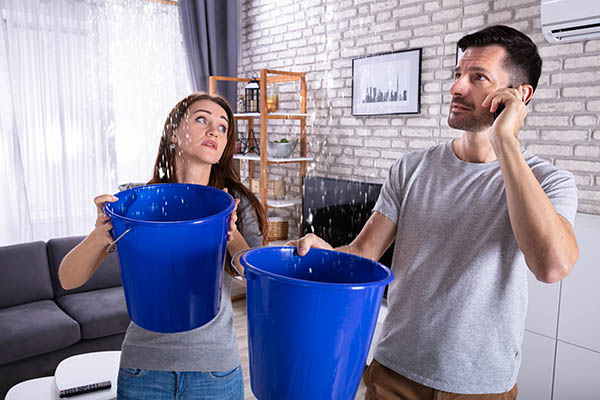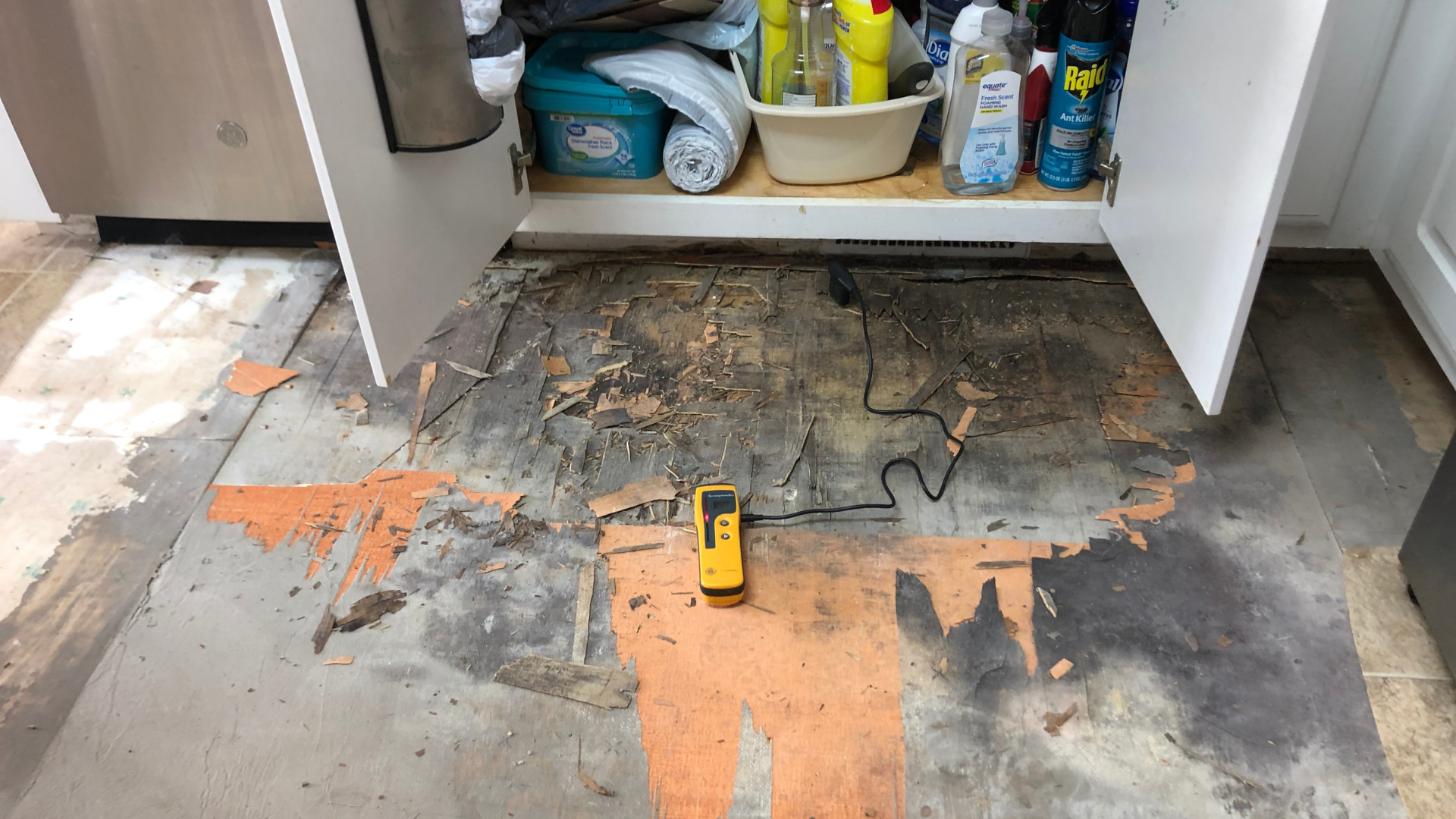A complete walkthrough to Water Damage Restoration methods
Leading Tips for Effective Water Damage Restoration: Protect Your Property Today
Water damage can strike unexpectedly, creating considerable disruption and possible hazards. Effective restoration requires an organized strategy to lessen further injury. From assessing the damage to implementing preventative procedures, each action plays a crucial role in securing building. Comprehending these techniques can make all the difference in the results of a water-related dilemma. What vital activities should be focused on to assure extensive protection?
Evaluate the Damage Instantly
When a water damage event takes place, it is necessary to analyze the damage promptly to minimize further problems. This first assessment helps identify the level of the damage and recognizes affected areas. Water can seep right into wall surfaces, floors, and furniture, causing mold growth and architectural instability if not resolved quickly. A comprehensive evaluation ought to include inspecting for staining, moisture, and stuffy smells, which indicate moisture visibility. It is additionally important to document the damage via pictures and notes for insurance objectives. Involving professionals for an extra comprehensive analysis might be required, especially when taking care of extensive or surprise damage. Flood Cleanup Services. Early recognition and accurate assessment lay the structure for efficient restoration and safeguard the residential or commercial property from added complications
Shut Off the Water
Shutting down the water supply is a crucial action in preventing more damage during a water-related case. When a leakage or flood takes place, immediate activity is vital to reduce the degree of the damage. Locating the main water shut-off valve should be a top priority. This shutoff is commonly situated near the water meter or where the water line enters the building. When situated, transforming the shutoff clockwise will stop the flow of water. In instances where the main valve is hard to reach, private shut-off valves for appliances might additionally be made use of. Without delay closing off the water not only secures the residential or commercial property from added harm yet additionally facilitates the subsequent restoration process, ensuring that recovery initiatives can start immediately.
Remove Excess Water Immediately

Removing excess water promptly is necessary for minimizing damage and preventing mold and mildew growth in affected locations. The longer water remains in contact with materials such as timber, insulation, and drywall, the greater the risk of architectural damage and the advancement of mold and mildew. Water Damage Restoration. Home owners ought to act rapidly to evaluate the situation and utilize ideal devices, such as damp vacuum cleaners or pumps, to draw out standing water successfully. If the volume of water is substantial, calling expert restoration services may be necessary, as they can supply customized devices and know-how. Additionally, getting rid of furniture and items from the damaged area can aid to decrease damage and help with the total restoration procedure. Timely activity not only safeguards property yet likewise help in a smoother recuperation journey
Dry Out the Affected Area
After getting rid of excess water, it is vital to dry the affected location thoroughly. This involves eliminating any kind of standing water and boosting air blood circulation to facilitate dissipation. Reliable drying out will help stop mold development and more damage.

Get Rid Of Standing Water
Quickly dealing with standing water is vital for effective water damage restoration. The existence of stagnant water can result in additional home damage and create an environment for mold development. To alleviate these risks, it is necessary to get rid of standing water as quickly as feasible. This process normally involves making use of completely submersible pumps, wet vacuum cleaners, or specialized extraction equipment. Professionals advise evaluating the depth and degree of the water before picking the proper approach for elimination. Safety and security safety measures ought to also be taken, including putting on protective equipment and making certain power is transformed off in influenced areas. As soon as the standing water is properly eliminated, the drying process can begin, better safeguarding the residential or commercial property from continuous damage.
Boost Air Blood Circulation
Increasing air flow is important for successfully drying out areas affected by water damage. This procedure helps to quicken evaporation, minimizing the risk of mold and mildew and mildew growth. Professionals usually recommend making use of followers to create a stable air movement throughout the space. Putting box followers in windows can attract fresh air, while high-velocity followers can route air movement towards moist surfaces. Flood Cleanup Services. In addition, opening up home windows and doors permits for cross-ventilation, improving the drying out procedure. Dehumidifiers can additionally be employed to eliminate excess dampness from the air, more assisting in drying out. By making certain that air distributes openly, homeowner can substantially minimize the long-lasting results of water damage and protect the integrity of their framework
Inspect for Mold Growth
Mold growth is a serious problem adhering to water damage, as it can bring about health concerns and structural wear and tear. After any kind of flooding or leakages, it is vital to carry out a thorough inspection of the influenced locations. This includes checking hidden spaces such as behind wall surfaces, under rugs, and in attics or cellars where moisture might stick around. Indicators of mold consist of a mildewy odor, discoloration on surfaces, or noticeable growth. Homeowner need to use safety gear when inspecting, as mold and mildew spores can present health threats. If mold and mildew is spotted, it is essential to resolve it right away, as postponing removal can intensify the trouble and boost the threat of severe health problems for residents. Early treatment is crucial to efficient mold and mildew management.

Repair and Bring Back Broken Structures
When addressing water damage, it is important to initial examine the structural honesty of the affected areas. This assessment aids identify prospective threats and notifies the required repair service techniques. Involving specialist restoration solutions guarantees that the restoration procedure is performed safely and efficiently.
Evaluate Structural Stability First
Prior to launching any water damage restoration, it is necessary to examine the architectural honesty of the damaged location. This assessment aids recognize any type of jeopardized aspects, such as structures, wall surfaces, or light beams, which may posture safety threats - Water Damage Restoration. Checking for indicators of bending, splitting, or mold development is crucial, as these indications can disclose underlying damage that calls for instant attention. Furthermore, recognizing the extent of the damage can direct restoration initiatives and identify whether fixings are feasible or if substitute is required. It is essential to record searchings for thoroughly, as this information can be valuable for insurance policy claims or future recommendation. Prioritizing structural assessment guarantees that restoration efforts proceed securely and efficiently, eventually securing the building and its residents
Use Specialist Restoration Services
Using specialist restoration services is crucial for effectively repairing and bring back broken structures after water occurrences. These professionals have the necessary training, tools, and experience to assess and minimize water damage thoroughly. They can recognize concealed problems, such as mold and mildew development and structural weak points, that may not be quickly apparent. Expert services additionally employ advanced drying methods and tools, making certain that all dampness is removed to stop additional damage. Additionally, they website comply with industry criteria and guidelines, guaranteeing that the restoration process is efficient and secure. By engaging restoration professionals, building owners can expedite recuperation, lessen long-lasting damage, and inevitably safeguard their investment. This positive strategy is necessary in maintaining the stability and security of afflicted structures.
Prevent Future Water Damage
To properly stop future water damage, property owners must adopt a positive method to upkeep and fixings. Routine examination of downspouts, roofings, and seamless gutters is important; clogged up gutters can bring about water overflow and roofing leakages. In addition, examining for leakages in plumbing components and devices can thwart potential damage. Homeowners must also think about setting up sump pumps in basements or low-lying locations to handle water build-up. Securing cracks in structures and ensuring correct water drainage around the property are vital steps in guarding versus water intrusion. In addition, keeping humidity degrees with dehumidifiers can avoid mold and mildew development. By executing these precautionary steps, home owners can significantly decrease the risk of water damage and secure their property for the long-term.
When a water damage event happens, it is crucial to evaluate the damage instantly to alleviate further concerns (Water Damage Restoration). Removing excess water immediately is essential for minimizing damage and avoiding mold development in impacted locations. Quickly dealing with standing water is essential for effective water damage restoration. The existence of stagnant water can lead to additional property damage and create a setting favorable to mold development. Before launching any type of water damage restoration, it is essential to evaluate the architectural integrity of the damaged area